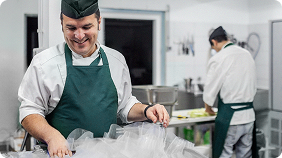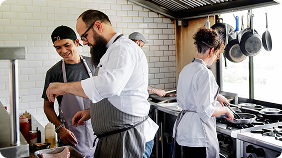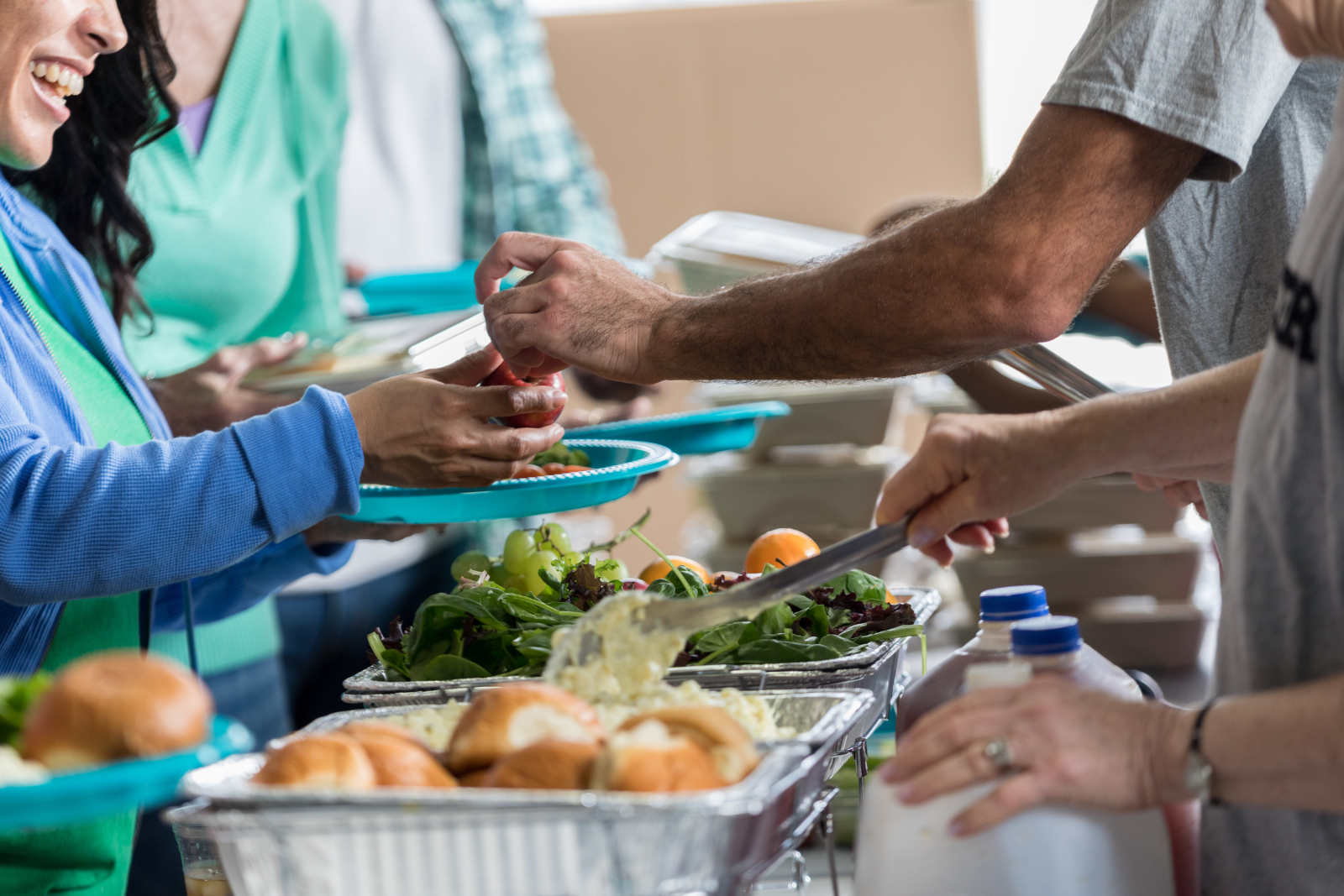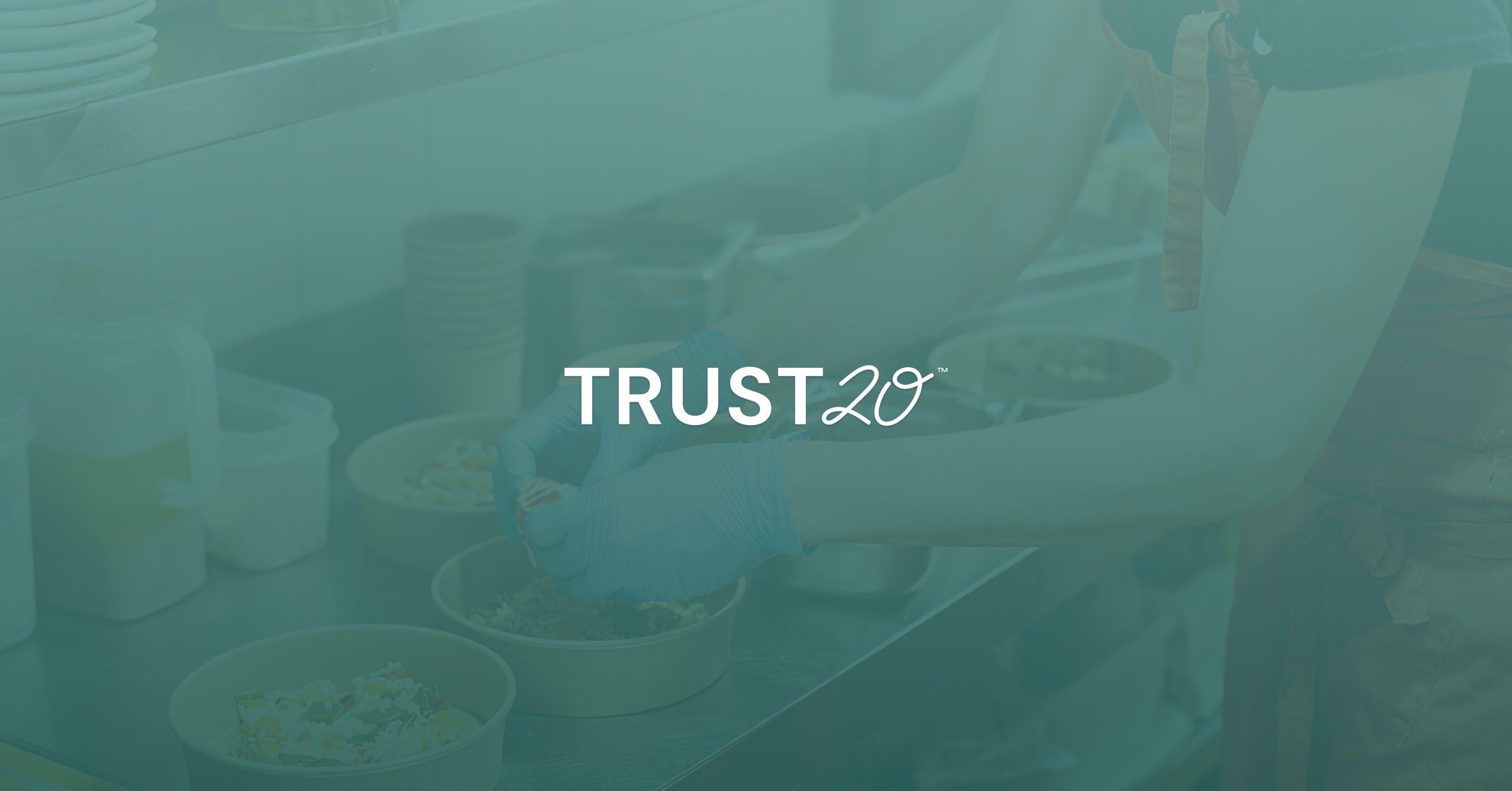Your parsley garnish or lemon wedge might look perfect…but are they quietly sabotaging your food safety efforts?
Garnishes seem like harmless final touches, but if mishandled, they can carry significant risks.
Cross-contamination is a major issue in the food industry, and garnishes are some of the sneakiest culprits that can undermine your kitchen’s hygiene.
The garnishes might themselves be small, but the consequences for contamination are anything but. Cross-contamination from garnishes can compromise food safety, upset customers, and cause legal or reputational damage to your business.
That maraschino cherry might look great and taste delicious, but if prepared or stored improperly, it could pose major health risks.
In this post, we’ll explore the risks of garnishes in bars, restaurants, and other foodservice settings and tell you more about how you can stay ahead of the danger.
Here’s what we’ll cover:
What are garnishes, and what role do they play in foodservice?
What is cross-contamination?
How do garnishes cross the food safety line?
How can you keep your garnishes (and customers) safe?
What are garnishes, and what role do they play in foodservice?
Garnishes are the final touch in food and beverage presentation. They add a burst of color, texture, or aroma that takes a dish or drink from ordinary to extraordinary.
A cocktail with a perfectly sliced lemon wheel looks more sophisticated. A pasta sprinkled with fresh parsley feels like it came straight from a world-class kitchen.
But while garnishes may add visual flair, they're also a magnet for contamination if not handled properly. If you cross the food safety line while handling garnishes, no amount of aesthetic appeal is worth the risk.
What is cross-contamination?
Simply put, cross-contamination occurs when harmful bacteria or microorganisms transfer from one surface, object, or substance to another, spreading contamination along the way. For foodservice professionals, this is a crucial concern.
When it comes to garnishes, servers and bartenders often overlook cross-contamination because they are small and not typically consumed in large quantities. Unfortunately, size has nothing to do with risk. Even a single contaminated slice of lime or sprinkle of herbs is enough to introduce harmful bacteria into a dish or drink.
Remember, customer trust is precious, and nothing erodes that faster than a foodborne illness traced back to your establishment. Cross-contamination in garnishes can compromise food safety and, worse, pose serious health risks to customers. What seems like a harmless lemon slice perched atop a glass or a sprinkle of herbs may be carrying a host of invisible customers.
Take the case of lemon slices. One study found that 69.7% of lemon slices tested at various establishments showed microbial growth.1 To make matters worse, that same study identified 25 different microbial species on nearly 70% of drinks sampled from 21 restaurants. Though they sound extreme, these stats should serve as a wake-up call for anyone working in foodservice.
How do garnishes cross the food safety line?
Every garnish tells a story. The twist of lime on a refreshing mojito, the delicate parsley perched atop a Bloody Mary, the orange peel spiral elevating an Old Fashioned.
But behind these small touches of finesse lies a bigger question that every bartender and foodservice professional needs to address. How safe are your garnishes, and how do they become contaminated in the first place?
Dirty hands
Your hands are the ultimate multitool in the kitchen. But without proper hygiene, they’re also the ultimate source of contamination. IGerms transfer quickly and easily if you handle garnishes with unwashed hands.
To put it into perspective, a study found that when hands were contaminated, E.coli transferred to garnishes 100% of the time when the garnishes were wet. Even with dry garnishes, the transfer rate was 30%.2
Improper storage
Where you store garnishes is just as important as how you handle them. Leaving garnishes uncovered or storing them next to raw ingredients can lead to cross-contamination. Think about garnishes sitting uncovered in a bar’s well. It only takes one cough or unwashed hand to turn those vibrant lemon slices into a bacterial buffet.
Shared utensils
Using the same knife, cutting board, or tongs for garnishes and other food items is a recipe for contamination. Slicing a lemon with a blade that just touched raw chicken? You’ve unknowingly invited bacteria to the party. Shared utensils are a common but avoidable mistake.
Pre-prepared risks
Pre-washed or pre-packaged garnishes may seem like the safer option, but they aren’t risk-free. If not stored at the proper temperature or handled correctly upon opening, these garnishes can still carry contaminants. Never assume "ready-to-use" means "immune to contamination."
How can you keep your garnishes (and customers) safe?
When it comes to food safety, ignorance isn’t bliss. It’s a liability. Here’s how to make sure your garnishes meet the highest possible standards:
Train your staff
Your first line of defense against contamination is a well-trained team. Bartenders and barbacks should be just as meticulous about food safety as the kitchen staff. They don’t need to hold culinary degrees, but they do need to know the basics.
-
Teach proper hand-washing techniques (at least 20 seconds with soap!).
-
Include garnish handling and storage in your food safety training programs.
-
Reinforce the importance of using clean utensils.
Remember, garnishes aren’t just decorations. They are consumables. Treating them with respect starts with education.
Keep it clean
This tip seems obvious, but every surface, tool, and set of hands that come into contact with your garnishes should be squeaky clean.
-
Wash your hands thoroughly before handling garnishes. Remind staff to do the same.
-
Clean and sanitize cutting boards and knives before and after each use.
-
Sterilize garnish trays every 24 hours and discard any unused or leftover garnishes.
Cleanliness isn’t optional. It’s the baseline for safe food.
Store food properly
Garnishes may look pretty, but they also need functional placement. Without appropriate storage, your thinly sliced lemons or perfectly peeled cucumbers won’t stay as fresh or safe as they should.
Always keep your garnishes covered when they aren’t in use. Covers or wraps will help to protect them from different contaminants. Similarly, make sure you store them at the proper temperature (refrigerating when necessary) to prevent spoilage.
Finally, label and date every garnish container so you can track freshness and ensure a FIFO (first in, first out) rotation.
Avoid cross-use
Cross-contamination can happen in a matter of seconds. An unwashed knife. A cutting board used for raw meat. Even something as simple as hands touching multiple ingredients without washing in between.
Establish clear rules for separation, and you’ll significantly reduce risks. Here are some ideas:
-
Always use separate tools and cutting boards for preparing garnishes.
-
Dedicate trays and tongs for individual garnish types to prevent cross-use.
-
Be extra mindful when handling garnishes alongside raw foods or allergens.
Stay diligent with your inspections
If you wouldn’t eat that wilted mint sprig, why would you serve it to anyone else, even if merely for decorative purposes? Part of maintaining garnish safety is consistent quality checks.
Inspect your garnishes to make sure they’re fresh and safe to serve. Toss any discolored, wilted, or otherwise questionable-looking garnishes when you spot them. Most importantly, set up a regular cleaning and restocking schedule to stay ahead of issues.
And remember, don’t ignore the details. Something as small as an improperly stored garnish today could lead to big problems later.
Mind the allergens
When you have customers with food allergies (which is inevitable), garnish safety becomes even more critical. Cross-contamination involving allergens can have serious consequences.
To avoid potential problems, clearly identify garnishes that may contain allergens, such as nuts or seafood. Use distinct, clearly marked tools and trays for allergen-sensitive garnishes, and train your staff to ask customers about allergies and handle garnishes accordingly.
Above all, never underestimate the importance of communicating with your team and customers about allergens.
Why garnish safety should matter to you
The truth is, garnish safety isn’t a one-time fix. It’s an ongoing commitment that requires teamwork, diligence, and attention to detail. By implementing these simple and practical tips, you’re protecting your customers and establishing your brand as a trusted, responsible place of business.
Need help streamlining your safety practices? Visit Trust20 for resources, training, and tools that make managing food safety easier. Our materials are tailored specifically for foodservice pros like you and are the (food-safe) cherry on top of any comprehensive foodservice training plan.
Remember, every garnish is part of your customer’s experience. Make it count—for all the right reasons.
Sources:
1. Loving, Anne LaGrange, and John Perz: Microbial flora on restaurant beverage lemon slices
2. Dawson, Paul et al: Transfer of Escherichia Coli to Lemons Slices and Ice during Handling






.png)

.png)
